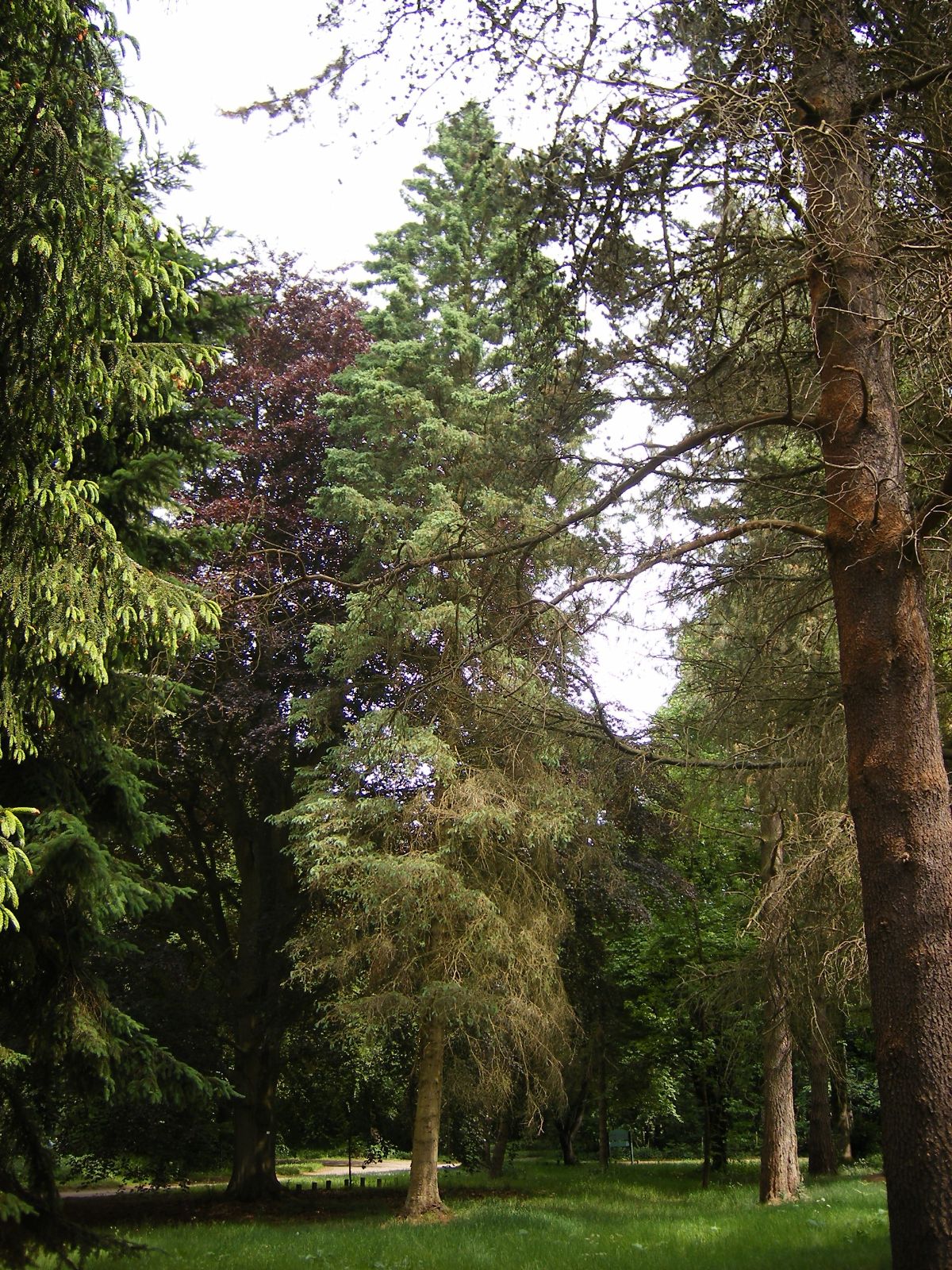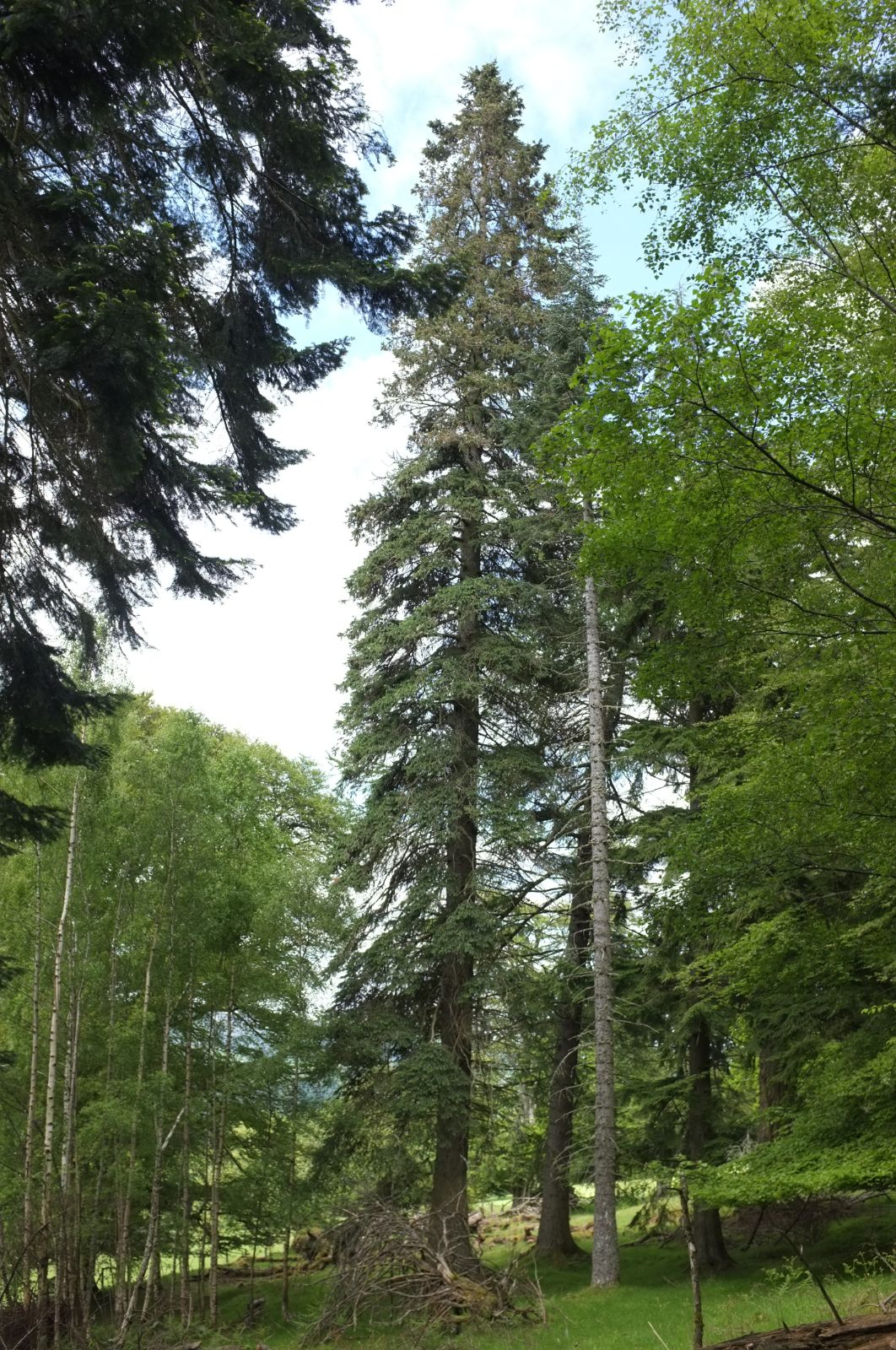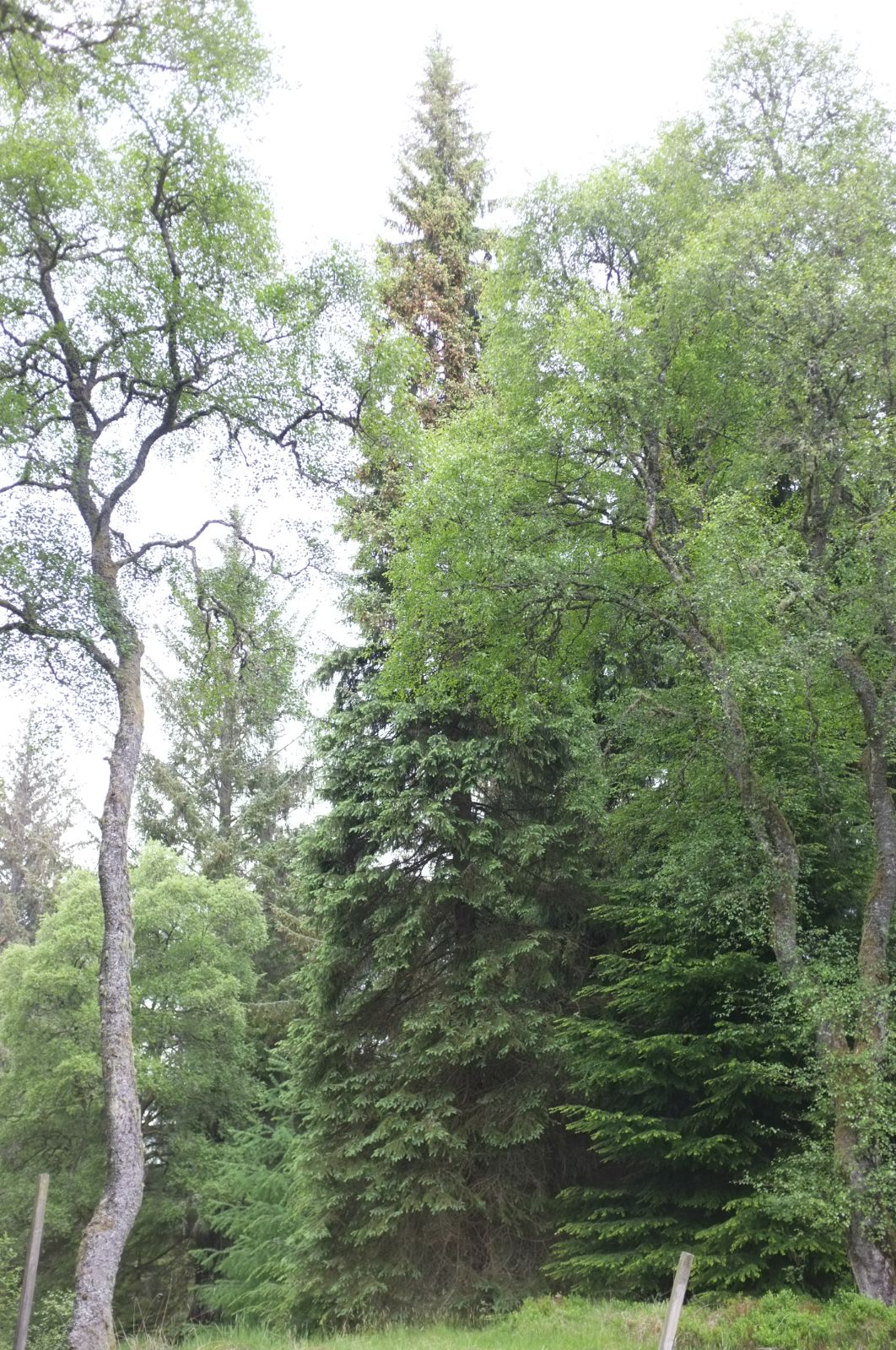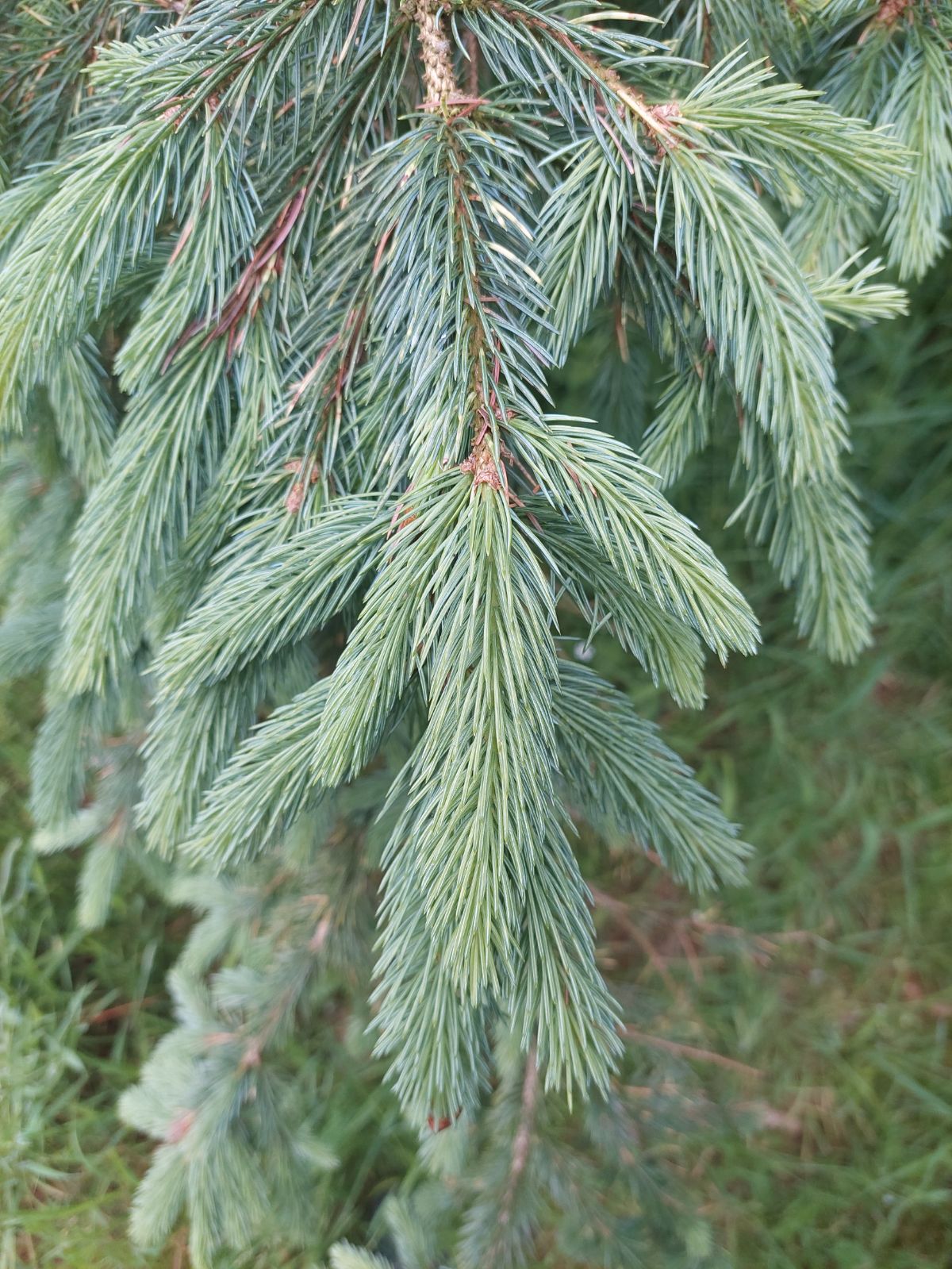Picea engelmannii
Sponsor
Kindly sponsored by
This genus has been sponsored and new text is being prepared.
Credits
Article from Bean's Trees and Shrubs Hardy in the British Isles
Article from New Trees by John Grimshaw & Ross Bayton
Recommended citation
'Picea engelmannii' from the website Trees and Shrubs Online (treesandshrubsonline.
Genus
Synonyms
- Abies engelmannii Parry
- Picea glauca subsp. engelmannii (Parry) T.M.C. Taylor
Infraspecifics
Other taxa in genus
- Picea abies
- Picea alcoquiana
- Picea asperata
- Picea brachytyla
- Picea breweriana
- Picea chihuahuana
- Picea crassifolia
- Picea farreri
- Picea glauca
- Picea glehnii
- Picea jezoensis
- Picea koraiensis
- Picea koyamae
- Picea likiangensis
- Picea linzhiensis
- Picea × lutzii
- Picea mariana
- Picea martinezii
- Picea maximowiczii
- Picea meyeri
- Picea morrisonicola
- Picea obovata
- Picea omorika
- Picea orientalis
- Picea polita
- Picea pungens
- Picea retroflexa
- Picea rubens
- Picea schrenkiana
- Picea sitchensis
- Picea smithiana
- Picea spinulosa
- Picea wilsonii
A tree 80 to 100, occasionally 150 ft high, assuming as a young tree in cultivation a pyramidal form, with slightly ascending branches; young shoots pale yellowish brown, clothed with stiff, erect down. Leaves arranged all round the twig, but thinly beneath; they are 3⁄4 to 11⁄8 in. long, quadrangular, bluntish at the tips, flexible, dull, slightly glaucous-green, with three or four lines of stomata on all four surfaces. Cones 11⁄2 to 3 in. long, 3⁄4 to 1 in. in diameter; tapered towards the top, pale shining brown when mature; scales with a truncate apex and jagged margins.
Native of the mountains of western N. America from Alberta and British Columbia (where it attains its greatest size), south to New Mexico and Arizona. This handsome spruce is very hardy, and thrives better in N. Continental Europe and New England, where the winters are severe, than it does in places with a mild climate and late spring frosts. It is comparatively rare in gardens, the tree grown under the name being frequently the glaucous form of P. pungens. The two species, although so much confused, are really very distinct. P. engelmannii is easily recognised by its downy shoots; its soft and flexible, not spine-tipped leaves; also by its shorter cones.
The finest specimens of P. engelmannii grow at Dawyck in Peeblesshire; they were collected as seedlings in the Rocky Mountains by F. R. S. Balfour in 1902 and the taller of the two measures 89 × 71⁄4 ft (1974).
From the Supplement (Vol. V)
specimens: Dawyck, Peebl., 95 × 73⁄4 ft (1982); Kailzie, Peebl., 69 × 51⁄4 ft (1982); Fairburn, Ross, 102 × 43⁄4 ft (1982).
† P. mexicana Martinez – Allied to P. engelmannii, the Mexican spruce was discovered as late as 1961, on the border between Coahuila and Nuevo Leon, south-east of Saltillo, at about 8,000 ft. There are several stands in this area, the largest of which was almost destroyed by fire in 1975. See further the article by Keith Rushforth cited above under P. chihuahuana. There are young plants in cultivation in Britain.
From New Trees
Picea engelmannii Parry ex Engelm.
Engelmann’s Spruce
This species was described by Bean (B184, S364) and Krüssmann (K191).




